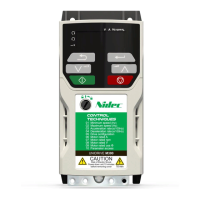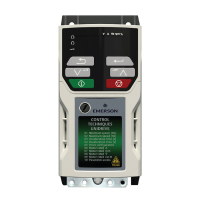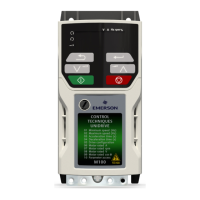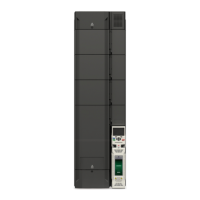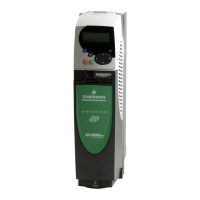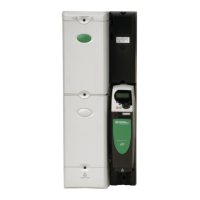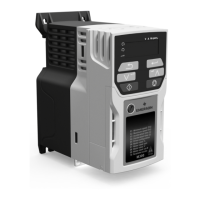SI-Ethernet User Guide 119
Issue: 1
Safety
information
Introduction
Mechanical
installation
Electrical
installation
Getting started Parameters
Key features
and Protocols
PC Applications Security Diagnostics
Glossary of
terms
Index
7 Key features and Protocols
This section details the key features and protocols supported by the onboard Ethernet
interface and the SI-Ethernet option module.
7.1 PC/PLC considerations
If the subnet of the host PC/PLC is different to the subnet of the Ethernet interface, then
both the Ethernet interface and the PC/PLC, must be configured with the address of a
gateway that allows communication between the two devices.
7.2 Modbus TCP/IP
Modbus TCP/IP is one of the most widely supported industrial Ethernet based protocols
offering the functionality and simplicity of the Modbus protocol, with the flexibility of
Ethernet. Table 7.1 shows the supported Modbus function codes.
Modbus TCP/IP uses the standard Protocol Data Unit (PDU) but without the CRC bytes
and encapsulates it within a Modbus TCP/IP Application Data Unit (ADU) for
transmission. This means that the Modbus PDU is the same for both standard (RTU)
and Ethernet based transmission.
Table 7.1 Supported Modbus function codes
7.2.1 Modbus TCP/IP port
The port number used for Modbus TCP/IP may be reconfigured to a different port
number using Pr S.15.005 as detailed below.
A timer is available to allow a loss of Modbus communication to be managed (see
Modbus Timeout (S.15.009) for more information).
Code Description
3 Read multiple 16 bit registers.
6 Write single 16 bit register.
16 Write multiple 16 bit registers.
23 Read and write multiple 16 bit registers.
S.15.005 Modbus Listening Port
Minimum 0 Maximum 65535
Default 502 Units
Type 16 Bit User Save Update Rate
MODBUS_THREAD_TICK
_TIME
Display Format None Decimal Places 0
Coding RW, BU
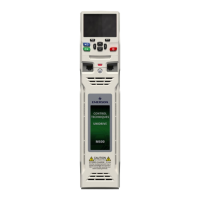
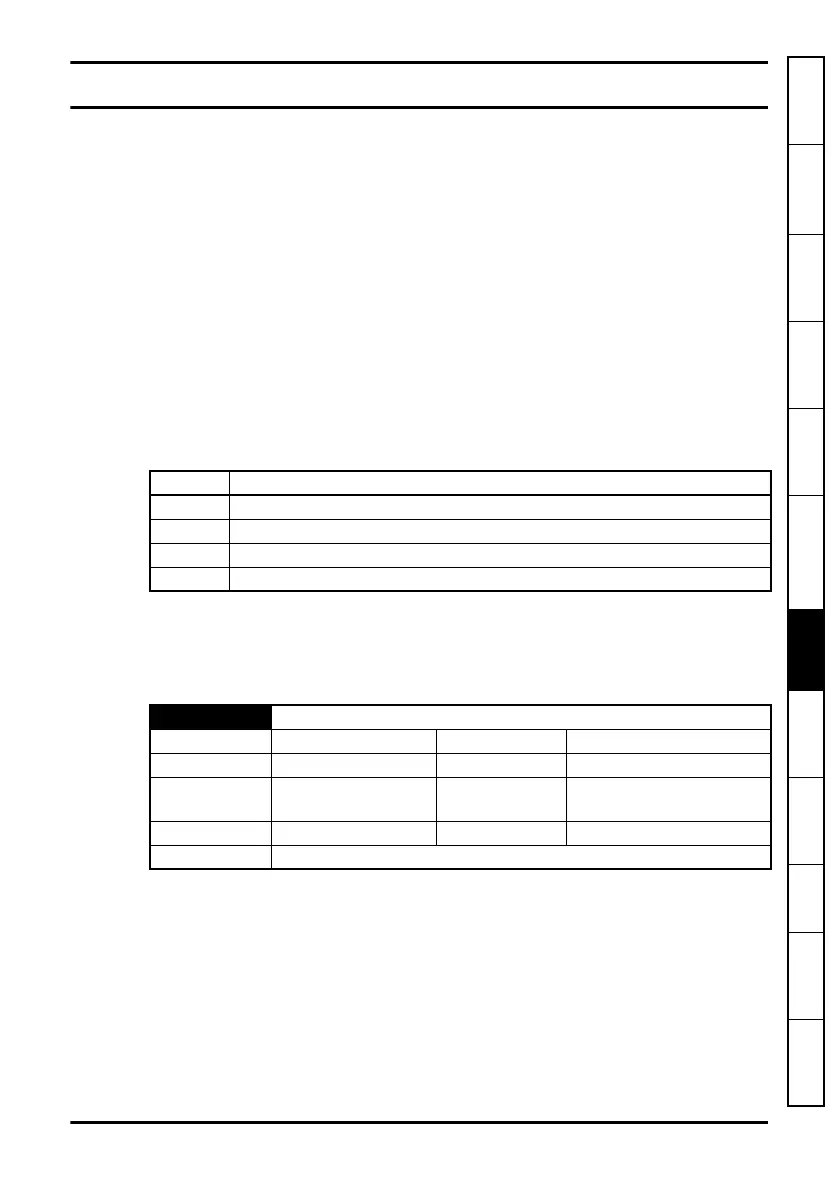